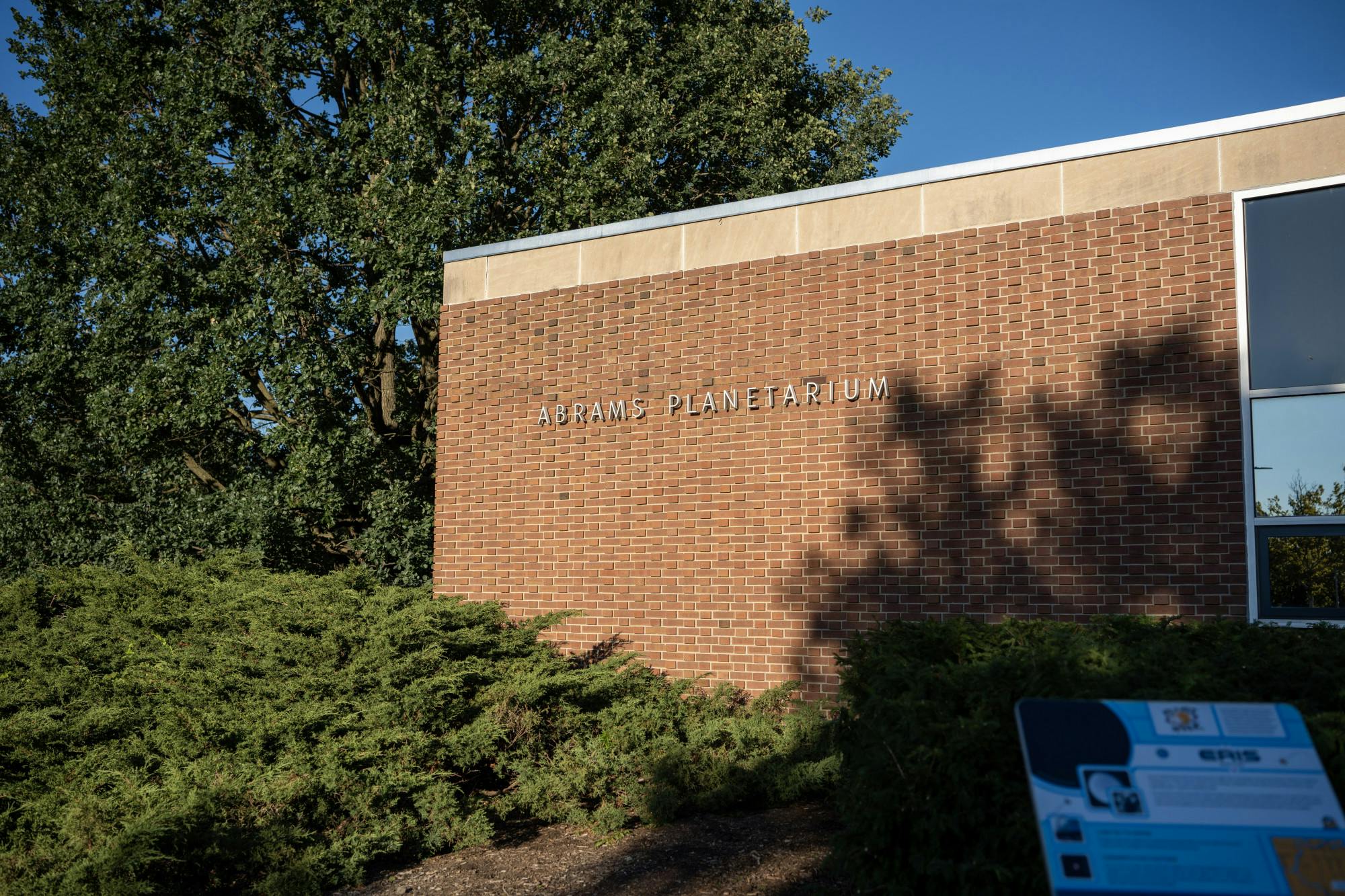The physics and astronomy department at Michigan State University is home to renowned and nationally-ranked astrophysics and astronomy programs. However, it's an often overlooked portion of what the university has to offer.
Researchers from across the world converge in East Lansing to be a part of MSU's team. One of the department's main draws is the diversity of research within it.
“Where else in the world would I be able to consider nuclear astrophysics as a form of study?” astrophysics sophomore and MSU Astronomy club social media coordinator Nayda Anjou said in an email.
Research opportunities aren't restricted to post-graduate students or professionals either. MSU is known to offer undergraduates the chance to take part.
Astrophysics senior and MSU Astronomy Club Vice President Shane Painter cites the MSU Observatory Research Programme, or MORP, as one example.
In addition to research, Painter said the MSU Astronomy Club is another great program to help potential astronomers land jobs.
“I landed my research job through the astronomy club, where we have professors and speakers present their research and always have the option to talk to them after,” astrophysics junior and MSU Astronomy club editor Sanskriti Verma said in an email.
For international student Aditya Kalakuntla, joining the club has helped him build a community of people that have common interests with him.
“I thought it was a good way not only to make friends and build a support structure … but also to get in touch with professors to understand some of the research going on in the fields of astronomy and astrophysics,” Kalakuntla said in an email.
However, its not the student clubs and research opportunities that have made the public take notice of MSU Physics-Astronomy in recent years.
The 2021 film Don’t Look Up featured fictional MSU astronomers warning the world of their impending doom and what they can do to stop it, much the planet's demise.
Although there are some jokes in the movie about MSU not being very well known, research associate Elias Aydi said that the astronomy and physics department has a leading role in the sciences, especially in nuclear physics.
Despite those inaccurate jokes, he thinks the movie was a net gain for the department.
“I think that the movie in general has been good publicity for MSU and [the] astronomy department here,” Aydi said.
Some students are less positive about the outcomes of the movie, such as MSU astronomy club Vice President Shane Painter and MSU Astronomy Club president Matthew Bartnik.
“It was misleading in the sense that it portrayed a very linear mindset in regards to astronomy and research at MSU, when in fact we do a lot more than just observe comets and meteors,” Paintersaid in an email.
“It’s that ‘fighting against the odds’ mentality that really reflects who we are as students and researchers,” Bartniksaid in an email.
Like many STEM fields, physics and astronomy programs are attempting to reach out to previously underrepresented groups in their disciplines. Outreach has been at the core of recent developments at MSU's department.
“Our community engagement tries as much as possible to inspire younger generations, particularly coming from … underrepresented minorities to be involved in STEM fields,” Aydi said.
As some astronomy students prepare for their futures beyond the education they have received at MSU, they will continue to hold their undergraduate beginnings in East Lansing close to their hearts.
Support student media!
Please consider donating to The State News and help fund the future of journalism.
“As I’ve come to learn here, the motivation to discover more about our infinite universe is beautiful, and I hope above all else that stays with me and continues to push me forward, as it should for everyone,” Bartnik said in an email.
Discussion
Share and discuss “Often overlooked, MSU physics and astronomy offer plenty to undergraduates” on social media.




